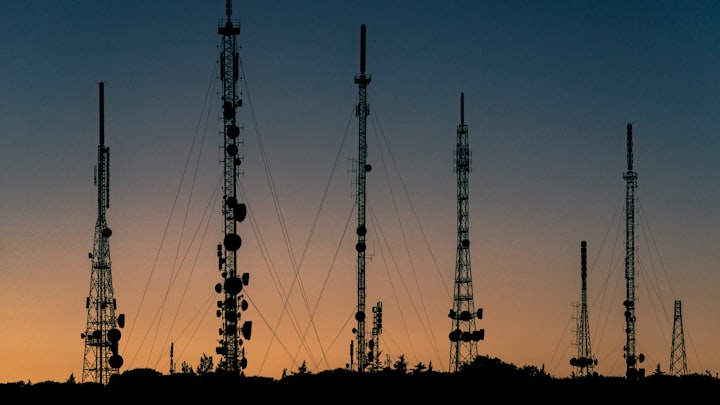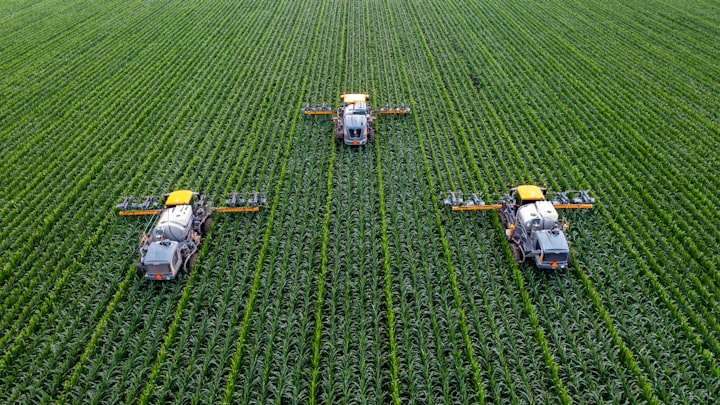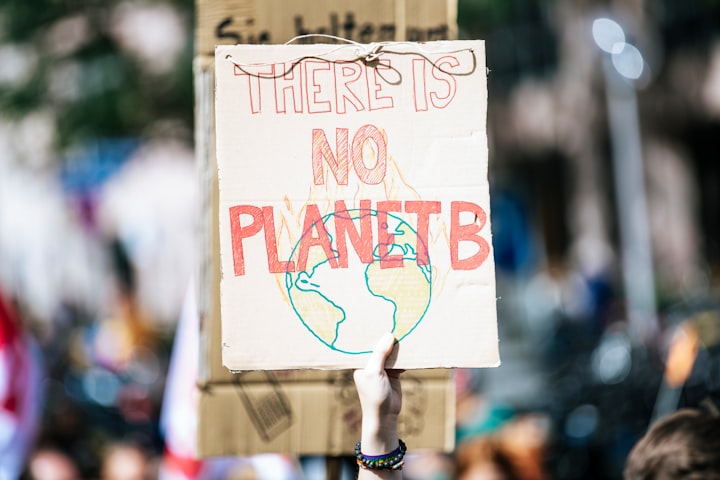Scope 3 Emissions in the Mining and Metals Sector: An Expert's Analysis of Supplier Dynamics Amidst the Resource Extraction Sustainability Challenge

The mining and metals sector, a bedrock of industrial civilization, is at a pivotal juncture. As the world's appetite for resources grows, so does the scrutiny on the environmental and social impacts of extraction and processing. The sector's Scope 3 emissions, often overshadowed by direct operational emissions, are now gaining prominence. This article offers a detailed exploration for sustainability specialists, delving into the intricacies of mining supply chains, the evolving demands of stakeholders, and the regulatory landscape that governs resource extraction.
1. Dissecting the Scope 3 Conundrum in Mining and Metals:
The sector's Scope 3 emissions are diverse:
- Exploration and Extraction: Emissions from the exploration, drilling, and extraction of minerals and metals.
- Transportation: Emissions associated with the movement of raw materials to processing facilities and then to end-users.
- End-use: Emissions resulting from the use of metals in various industries, from construction to electronics.
- Reclamation and Closure: Emissions from the rehabilitation of mining sites post-extraction.
2. Supplier Dynamics: Towards Responsible Resource Extraction:
The mining supply chain is undergoing a sustainability transformation:
- Low-Impact Mining: Techniques that minimize environmental degradation, such as in-situ leaching.
- Recycling and Urban Mining: Recovering metals from e-waste and other discarded products, reducing the need for virgin extraction.
- Water Stewardship: Practices that conserve water and prevent contamination in mining operations.
3. The Stakeholder Landscape: Balancing Demand with Responsibility:
Stakeholder expectations are reshaping the mining sector:
- Ethical Sourcing: A growing demand for minerals and metals sourced without violating human rights or environmental standards.
- Transparency and Reporting: Stakeholders seeking detailed disclosures on mining practices, environmental impacts, and community engagements.
- Community Partnerships: Collaborative approaches with local communities to ensure that mining benefits are equitably shared.
4. The Regulatory Bedrock:
The sector operates within a stringent regulatory framework:
- Environmental Impact Assessments: Mandates requiring detailed studies on the potential environmental consequences of mining projects.
- Rehabilitation and Closure: Regulations ensuring that mining sites are restored to their natural state or repurposed post-extraction.
- Supply Chain Due Diligence: Regulations ensuring ethical sourcing of minerals, especially from conflict zones.
5. Charting the Path Forward:
For forward-thinking mining entities:
- Innovative R&D: Research into eco-friendly mining techniques, waste reduction, and efficient resource utilization.
- Stakeholder Dialogues: Engagements with governments, NGOs, communities, and other stakeholders to co-create sustainable mining practices.
- Industry Collaborations: Partnerships with tech providers, environmental experts, and other stakeholders to drive the sustainable mining agenda.
In Summation:
The mining and metals sector, while essential for modern infrastructure and technology, faces the profound challenge of extracting resources responsibly. As it navigates its Scope 3 emissions, the sector is also championing innovations that promise a future of sustainable resource utilization. For sustainability experts, the mining landscape offers a realm of challenges and opportunities, where economic imperatives meet environmental stewardship. With strategic planning, collaborative endeavors, and a commitment to green innovation, the mining sector can lead the way in ensuring that resource extraction benefits both humanity and the planet.




Comments ()